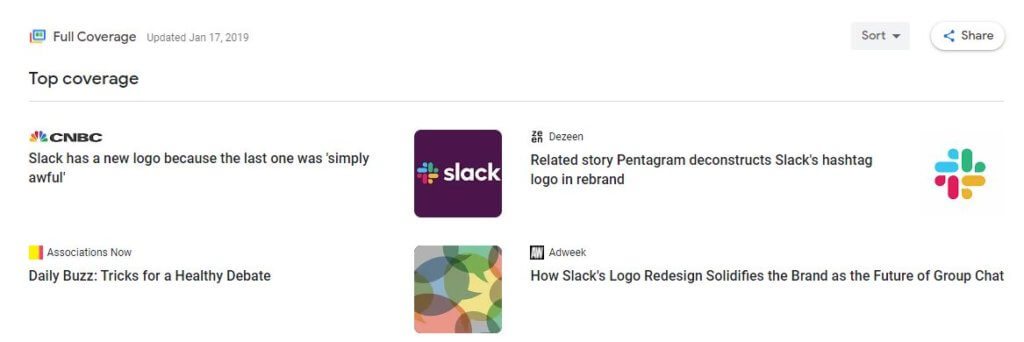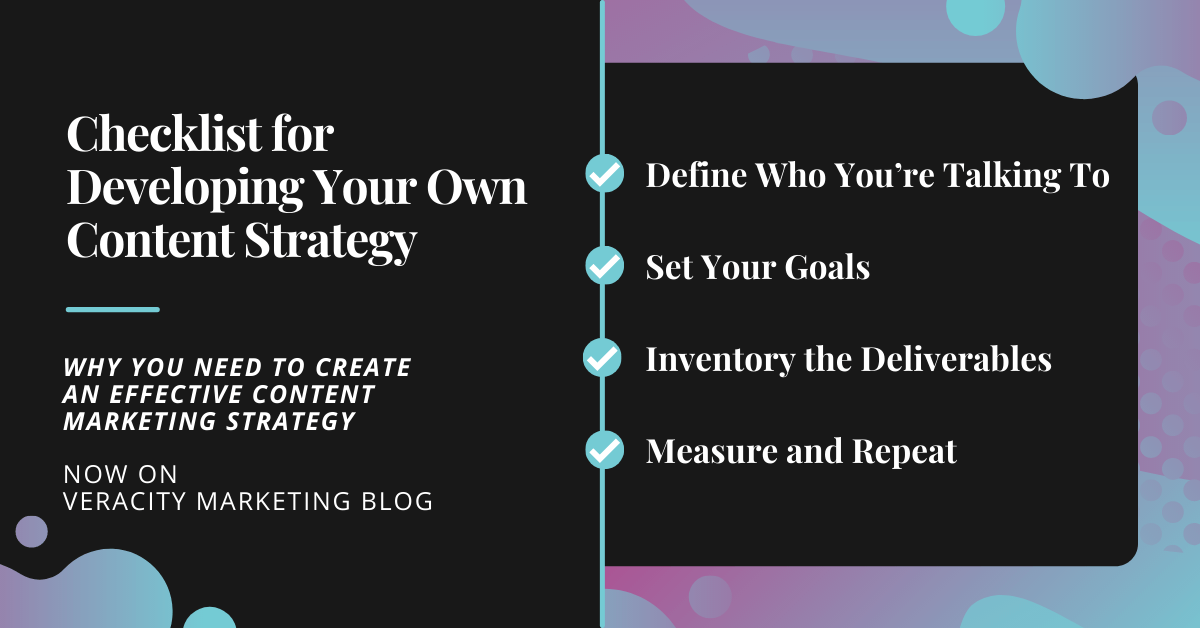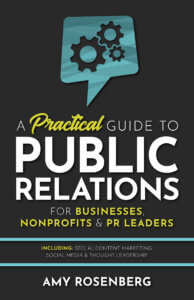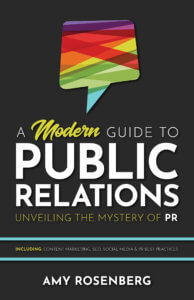
How Quiet, Introverted Voices Are Redefining Thought Leadership
In an era of eroding trust in the media, traditional PR strategies no longer hold the same sway they once did. According to the Edelman Trust Barometer, the public now places more trust in business leaders than in the media, NGOs or government agencies.
That shift isn’t just about perception — it’s an invitation to rethink who we hear from, and how. Quiet, introverted voices are beginning to resonate more than ever before, especially when paired with a strategic, content-driven approach to PR: thought leadership.
By thought leadership, I don’t mean the kind that requires a stage and spotlight. You don’t need to grace a TEDx stage or command a huge team to be a thought leader. In today’s landscape, quiet thought leadership — crafted through content and amplified through earned media — may be the most sustainable and scalable way to establish credibility and drive visibility.
Getting Started: Pick a Topic, Do the Research, Start Writing
The best way to ease into thought leadership is through writing. Not only is it low-cost and easier to control, it gives you the opportunity to gather supporting research and hone your positioning before venturing into interviews or speaking engagements.
If your written thought leadership contains one or more of the following elements, it becomes much more likely to get picked up by third parties — whether that’s in a media story that links back to your blog post, a bylined article placed through a pitch, or even a paid advertorial that’s viewed as credible because it reads like a true editorial.
Strong written thought leadership pieces typically include:
- Data and Research: Use reliable sources to back up your point — you don’t need to conduct original research but you do need to cite it clearly.
- Trends and Predictions: Offer your take on where the industry is heading or why a recent shift matters. Even if your predictions miss the mark, they create a foundation for follow-up commentary.
- Opinions and Beliefs: Start with low-risk viewpoints if you’re unsure but don’t shy away from offering a distinct perspective. That’s where real thought leadership starts to take shape.
Once you’ve outlined your message, there are three primary formats to consider:
1. Blog Posts for Your Website
Your company blog is your home base. It’s where you control the message, the tone, the format and the call to action.
For SEO purposes, make sure these posts are published under the thought leader’s name — not just the generic “team” or “marketing” tag. Include subheads to help organize your points and add scannability. Use bullet points or pull quotes to highlight key research.
Remember: you’re not writing an ad. You’re sharing expertise.
2. Guest Articles and Bylined Posts
Getting your writing placed on a third-party site — especially a media outlet or industry publication — adds credibility and visibility. These articles — sometimes called “bylined” or “contributed” content — feature your thought leader as the named author and ideally include a short bio and a link back to your site.
To get placed, these pieces need to be relevant, timely and genuinely useful. Editors can sniff out a disguised sales pitch from a mile away. Instead, pitch your perspective as insight their readers need — not a promotion they didn’t ask for.
3. Sponsored Content (aka Advertorials)
If you’re determined to be published by a particular outlet and can’t land it organically, advertorials may be an option. Yes, they’re paid placements but they still need to offer real value to avoid being dismissed as fluff.
Advertorials can be especially useful when launching a campaign or entering a new market and many reputable outlets now offer these as part of a larger content package. You may even be able to negotiate added value like social promotion or newsletter placement.
Just remember: sponsored or not, the writing still needs to pass editorial muster. Keep it useful and engaging — not self-congratulatory.
Amplifying Written Content Through Speaking and Interviews
Once you’ve built a foundation of written content, the next phase of quiet thought leadership involves using that material as a springboard for interviews and speaking opportunities.
Podcast Interviews
Podcasts are having a major moment. In 2024, decision-makers turned to podcasts for industry developments and product news 93% more in comparison to 2019, according to GWI’s 2024 Global Media Landscape report. Moreover, podcasts have more influence over decision makers than ads, radio, blogs and magazines.
Not only are podcasts great for reaching niche audiences, they also offer a relaxed setting where your thought leader can practice articulating their ideas out loud. Start small, pitch strategically and link back to your written pieces whenever possible.
Media Interviews
While earned interviews with journalists are harder to control than bylined articles, they still offer excellent exposure. Often, interviews are the result of a strong pitch or well-positioned blog post. You don’t have to lead with this strategy but be ready when the opportunity arises — and make sure your thought leader is prepped to stay on message.
Speaking Engagements
If your thought leader wants to eventually get on stage, written content is a great gateway. Once your team has developed a body of work around a topic, you can begin submitting speaking proposals to trade associations, professional groups or conferences in your industry.
Start local if national events feel daunting. Chambers of commerce, local chapters of professional organizations and nonprofit groups are all great entry points. Speaking doesn’t have to be a major keynote — panels, breakout sessions and workshops also count.
And don’t overlook the marketing power of simply attending and networking at these events. Speaking is just one facet of thought leadership — your presence alone can build visibility.
Balancing SEO Consistency and Inclusion in Thought Leadership
Thought leadership doesn’t just build credibility — it also helps strengthen your visibility in search results. When content across your site, media placements and podcasts consistently features the same expert in connection with a specific area of expertise, Google is more likely to recognize that person as a trustworthy source. This is what the E-E-A-T framework — Experience, Expertise, Authoritativeness and Trustworthiness — is all about: consistency in authorship, with the same expert attached to relevant pieces across platforms, signaling trust and authority to Google.
That doesn’t mean all content must come from the CEO — or that the CEO even should be the face of everything. In fact, many CEOs prefer to stay out of the spotlight, and that’s a perspective we don’t talk about enough in our extrovert-centric culture. Organizations can still elevate multiple thought leaders under E-E-A-T, as long as each expert is clearly tied to a distinct topic area and remains consistent across channels. This helps maintain clarity in authorship and strengthens the credibility of each voice.
The key is to assign clear lanes. Your HR lead might consistently publish around workplace culture. Your finance director can weigh in on industry trends. Your founder can speak to vision and leadership — even just a few times a year, through ghostwritten posts or select interviews.
This approach preserves authorship consistency, supports SEO and helps build authentic credibility across departments. It also reflects how trust is built today: not from one all-knowing figurehead but from a constellation of people inside your organization who speak to what they know best.
What Quiet Thought Leadership Looks Like in Action
If this sounds like a lot of moving parts, that’s because it is. But it doesn’t have to feel overwhelming.
Here’s what a sustainable quiet thought leadership workflow might include — especially for the person helping the thought leader behind the scenes:
- Mapping out a 3- to 6-month editorial calendar for topics
- Writing or ghostwriting content in blog or article form
- Pitching that content to media outlets or podcast hosts
- Scheduling podcast or media interviews
- Identifying speaking opportunities and submitting proposals
- Managing follow-up and relationship-building with third parties
- Tracking placement performance and SEO results
Whether you’re developing your own thought leadership or supporting someone else within your organization, the path forward is the same: build a steady rhythm of credible, consistent content. Quiet thought leadership offers a clear strategy — one rooted in trust, depth and long-term visibility.
Final Thoughts
Thought leadership isn’t about ego. It’s not about being the loudest or most followed person in the room. It’s about showing up with insight, sharing what you know and building trust in a way that’s genuine and scalable.
Quiet thought leadership may not get as much attention on social media but its long-tail impact is undeniable. If you want your PR to work harder — and smarter — this is where to start.
Featured Image Courtesy of Kristina Flour From Unsplash


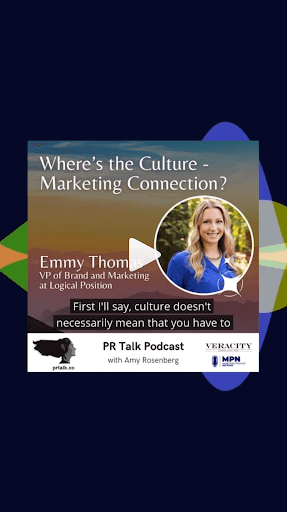
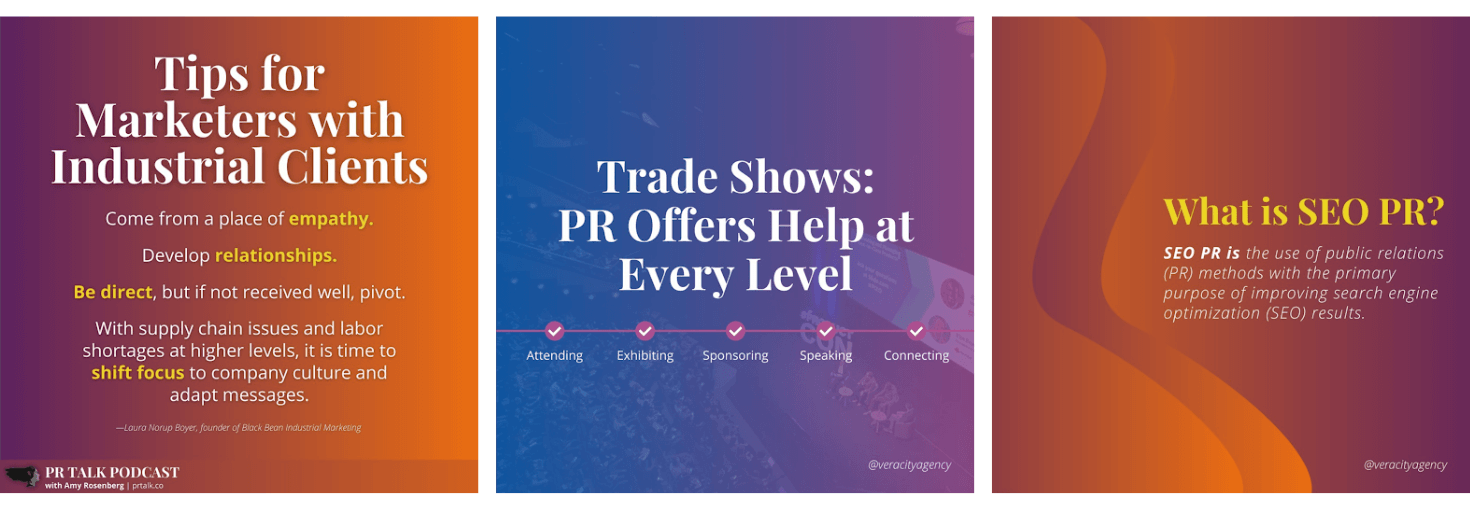
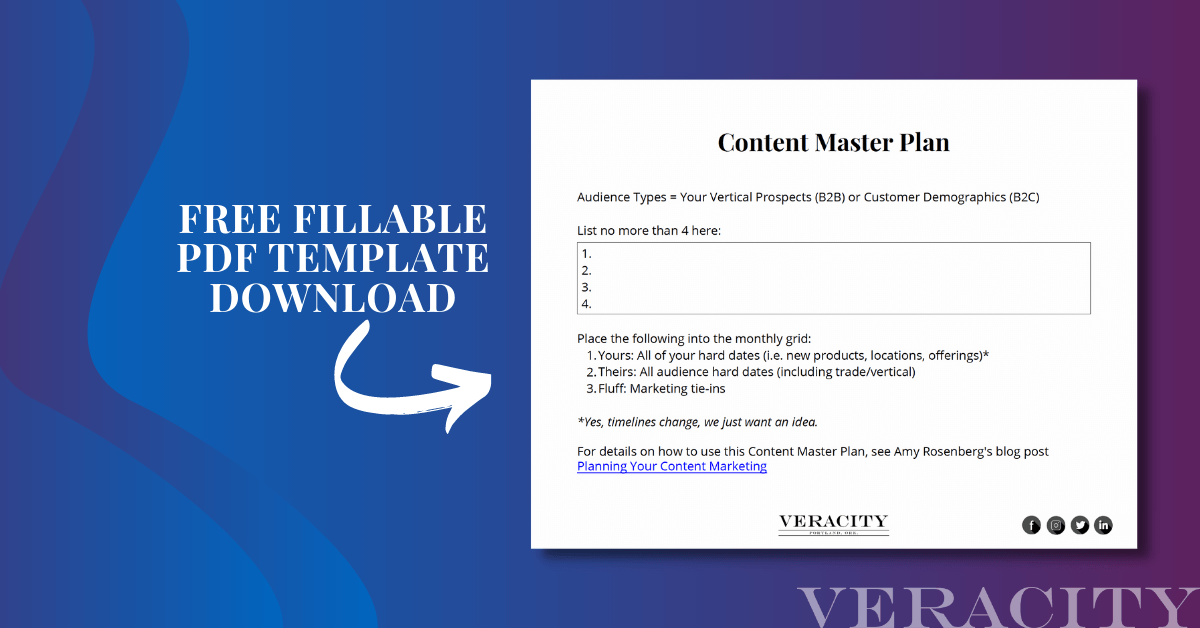

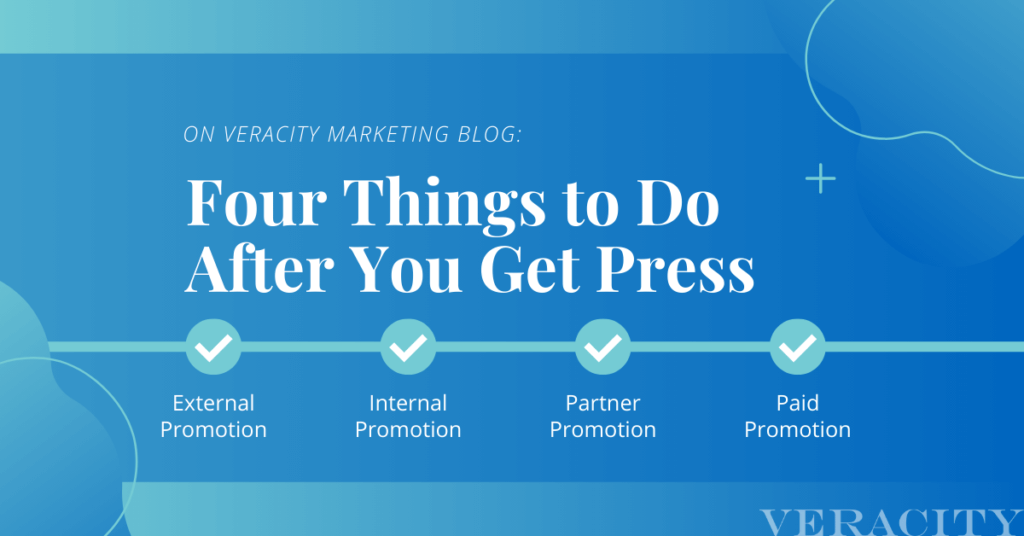

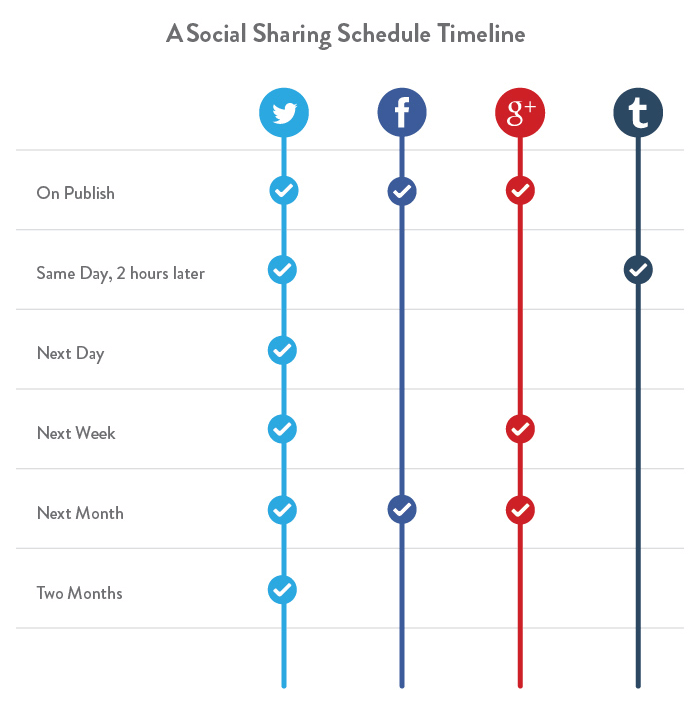
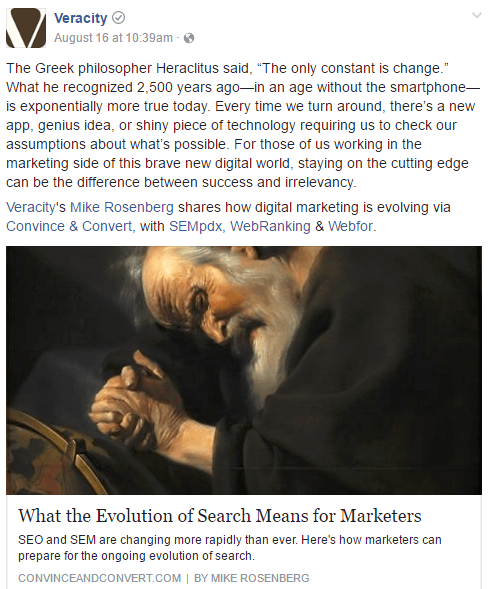


![Exceptional Content Marketing with Anna Hrach [Podcast]](https://www.veracityagency.com/wp-content/uploads/Anna-Hrach-800x600-1.jpg)




